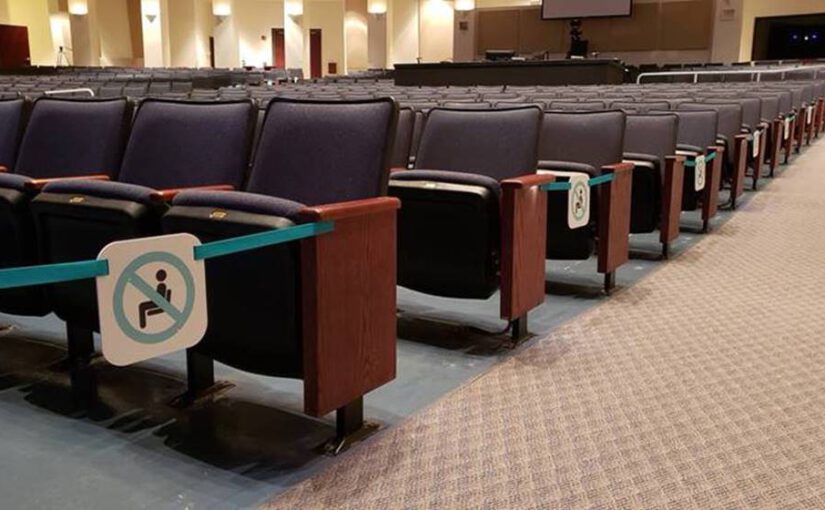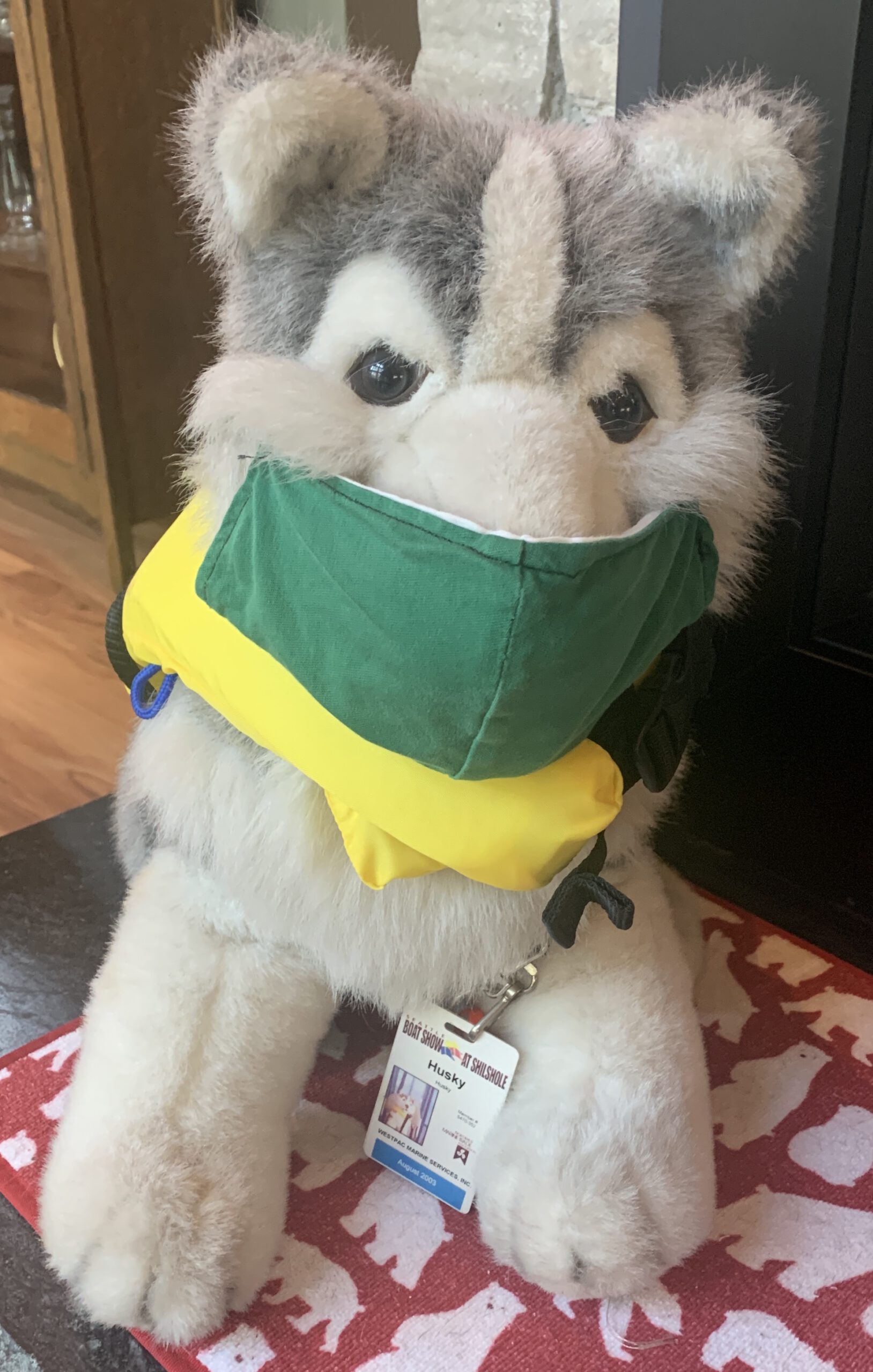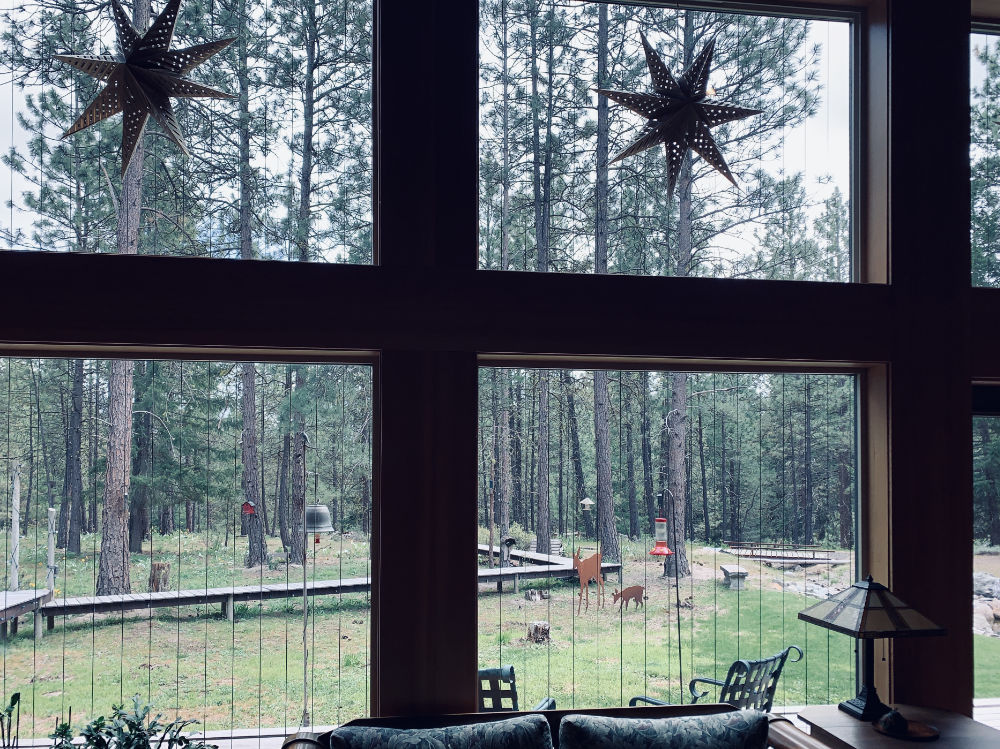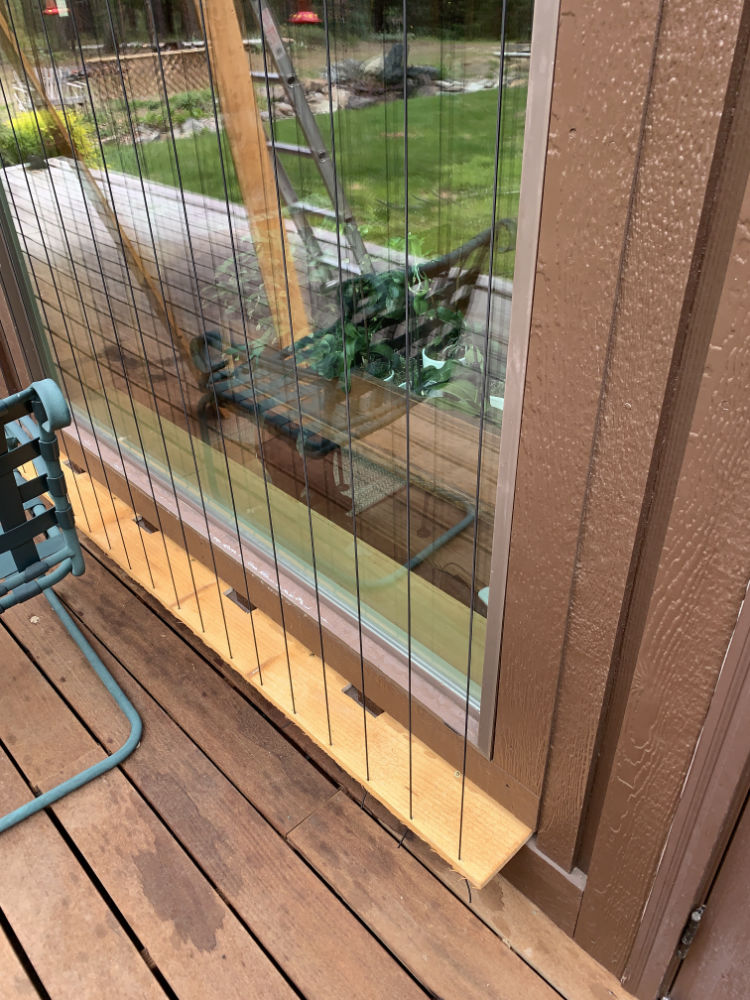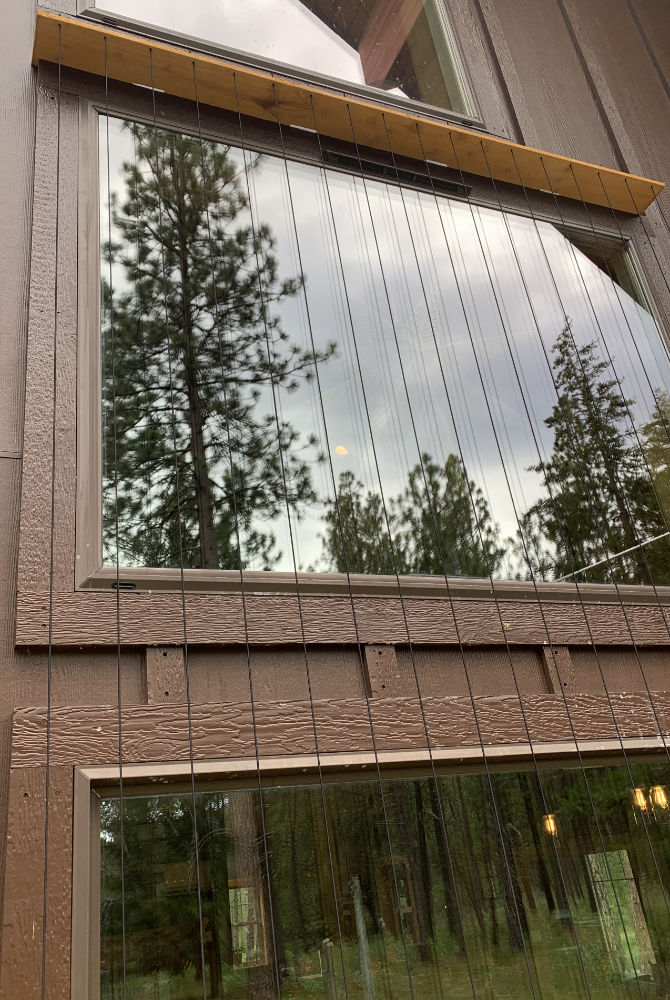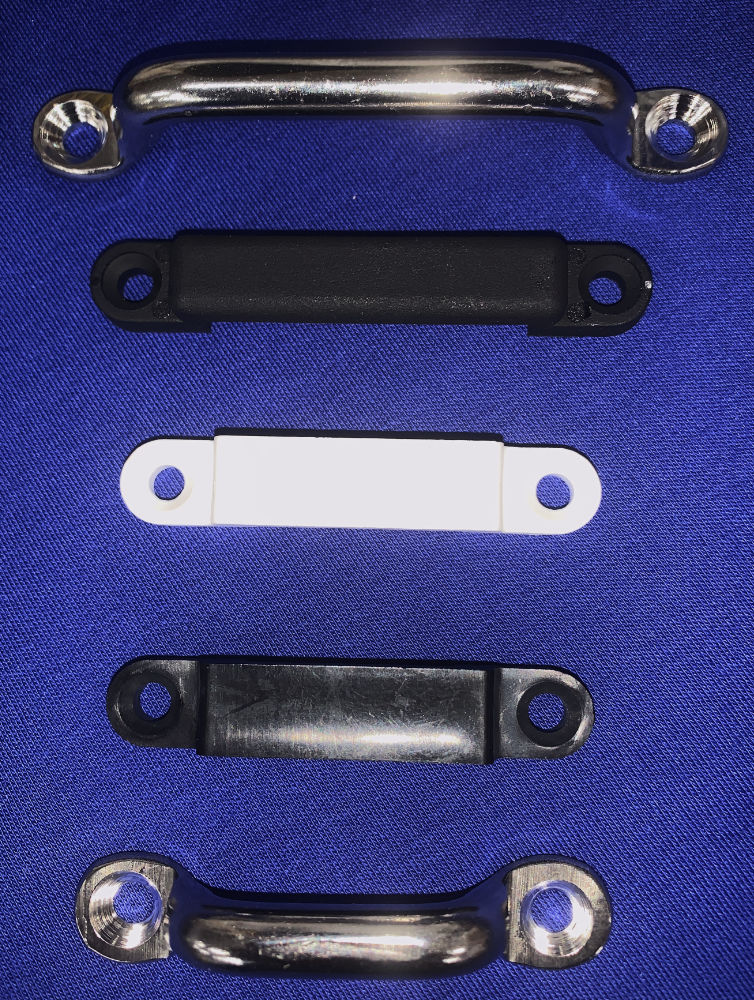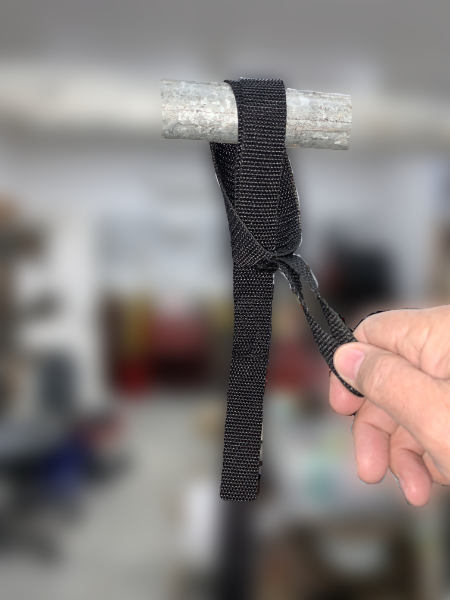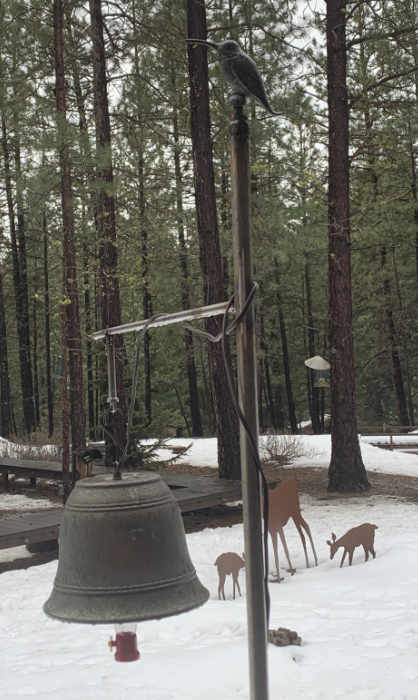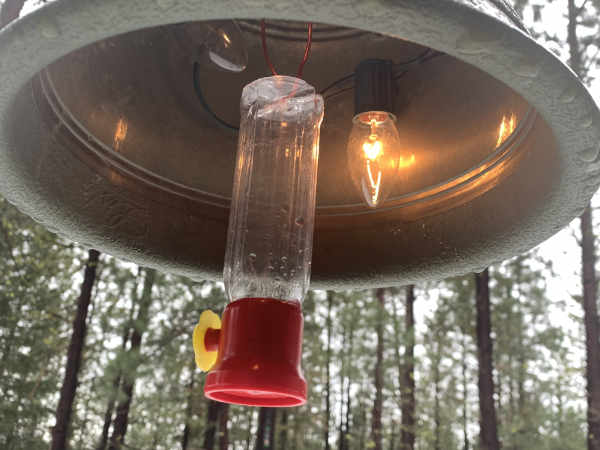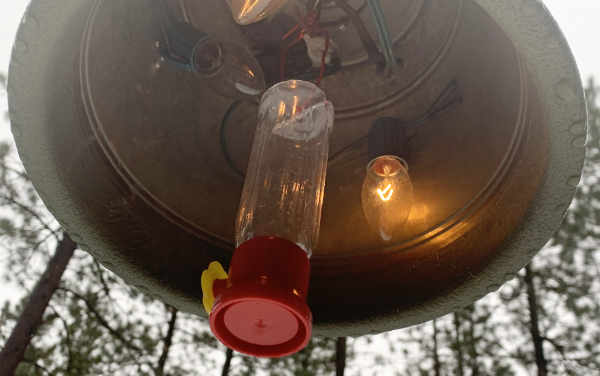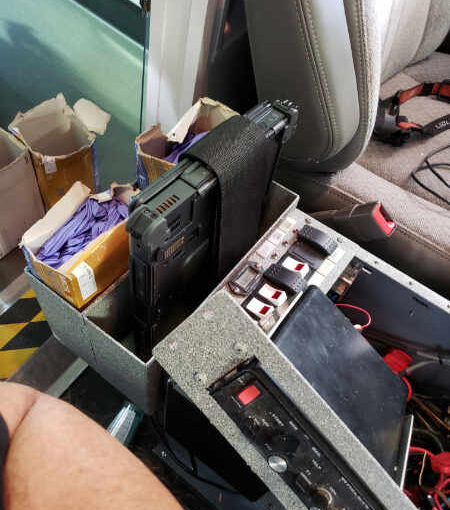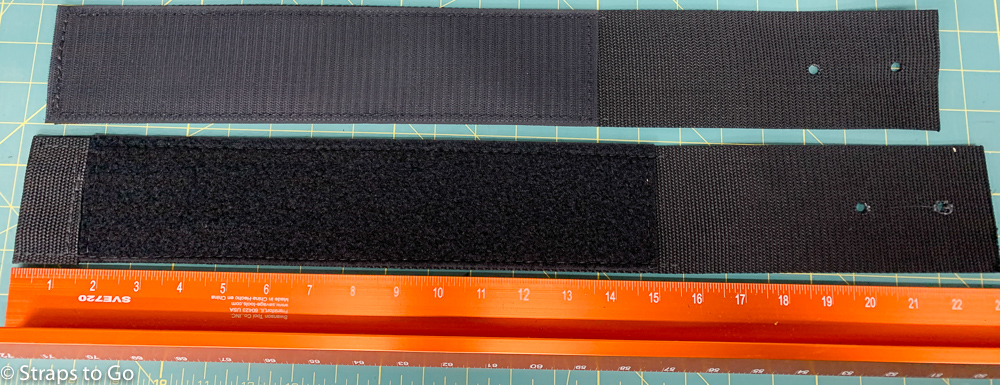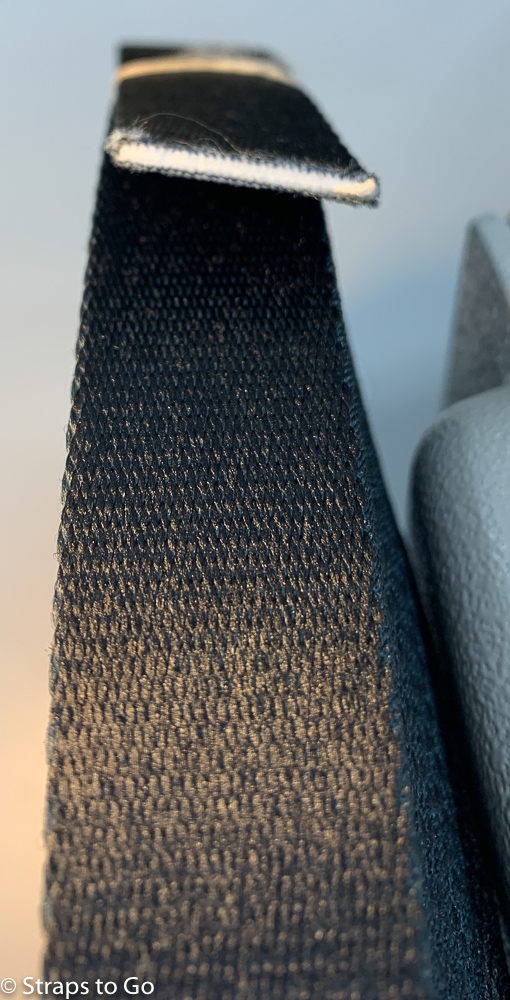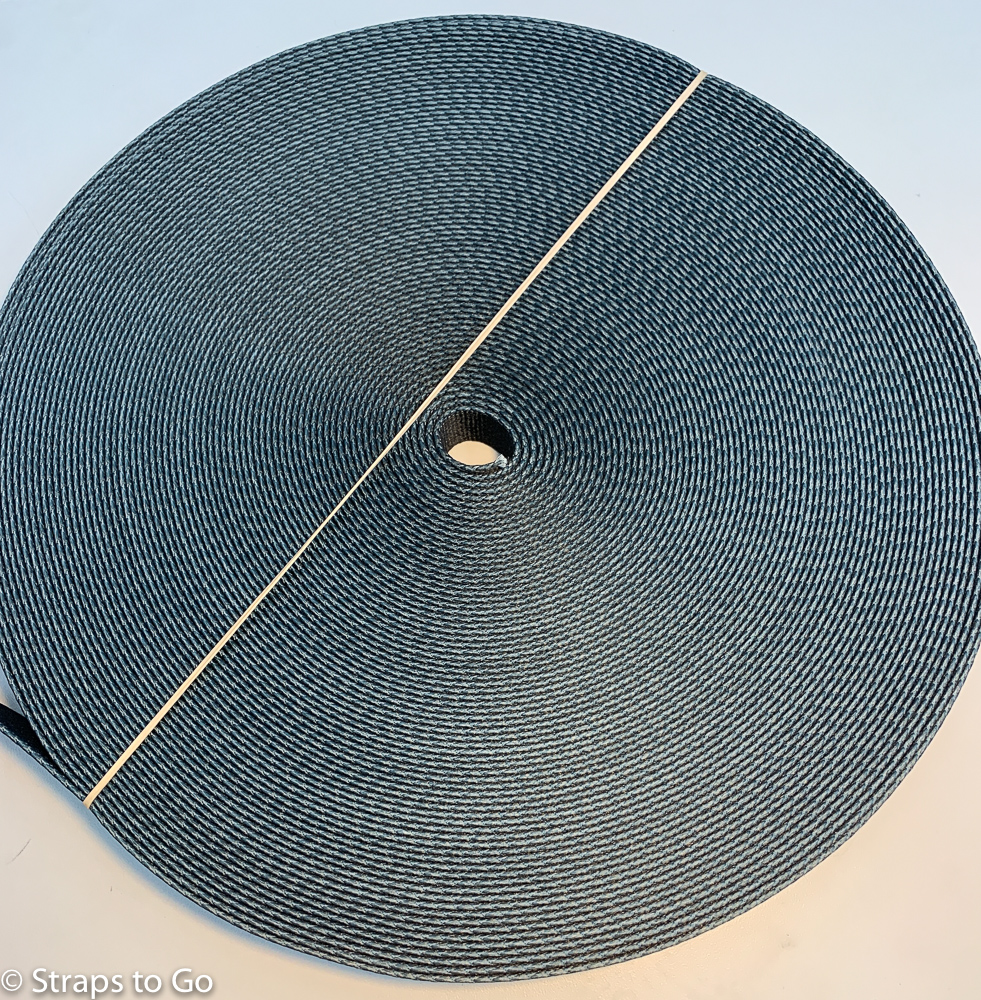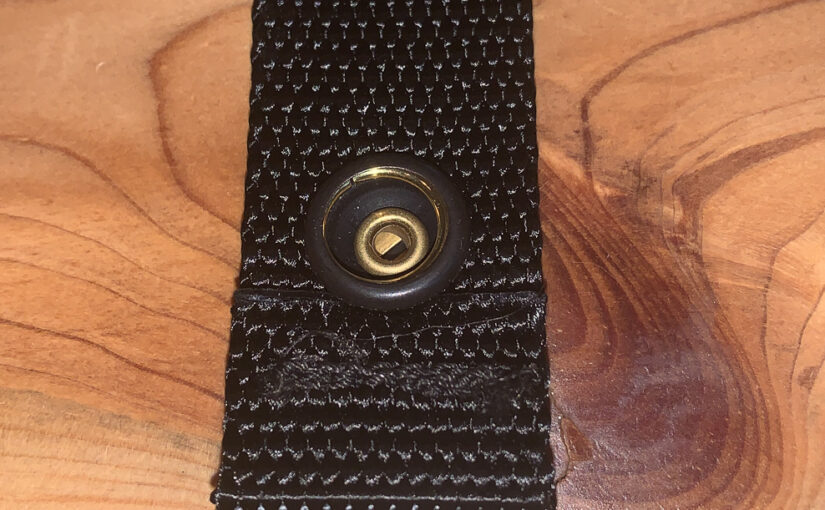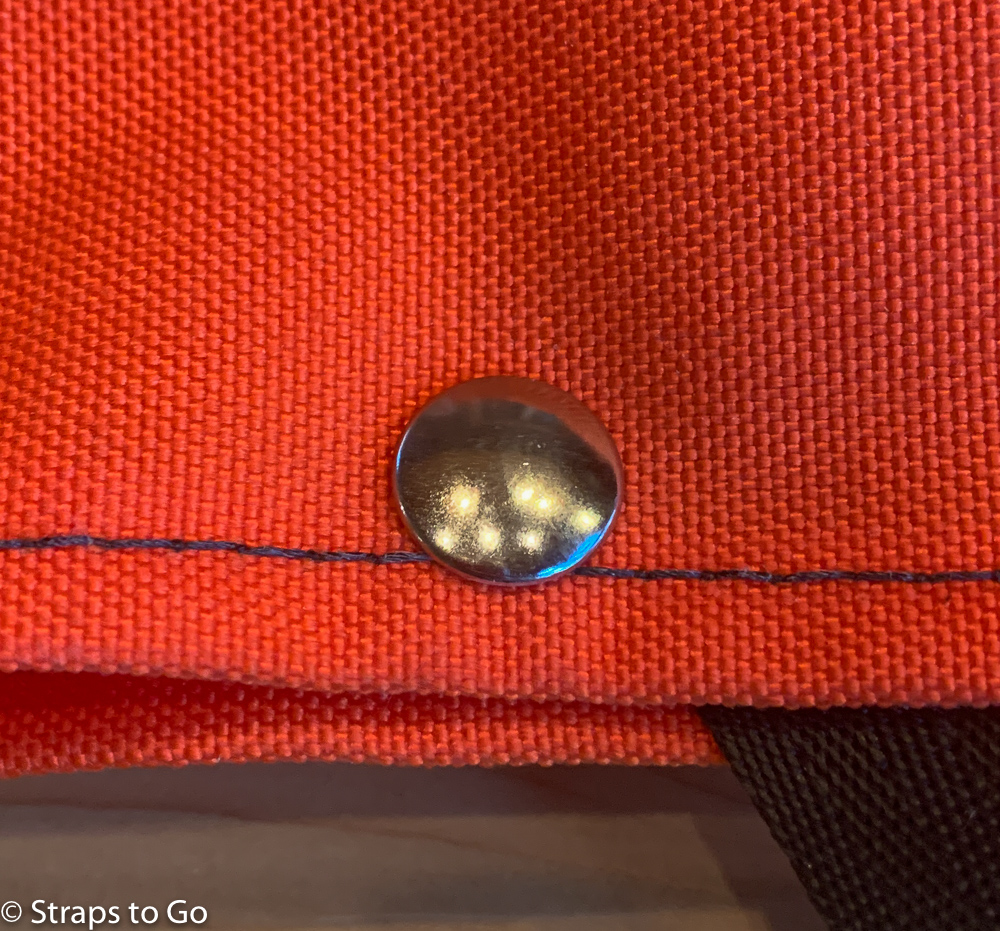Social distancing is a fact of life now. Keeping our “customers and employees” safe is a requirement. A few days ago I was contacted to see if we could make webbing straps to block off pews in a church. The customer sent the above photo to show what he was looking for (he already had the signs).
Together we designed a strap that was adjustable from 33″ to 59″ with snaps on each end to attach to the pews.
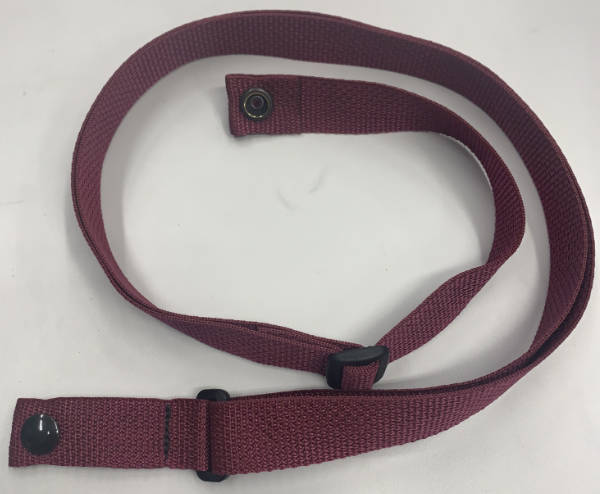
1″ standard weight polypropylene webbing with a black oxide coated snap on each end. Simply adjusted using the slide and there are no components that can get lost.
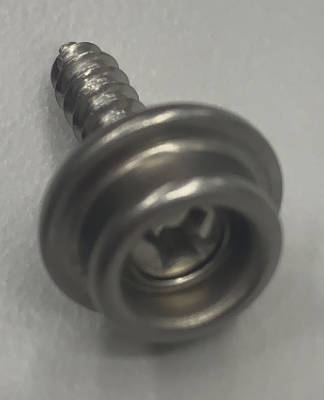
The strap connects to the wooden pews using a screw stud at each end. This makes it easy to move from place to place or remove when social distancing isn’t a requirement.
We can make them in all the colors of standard weight polypropylene webbing we stock and we can change the length to suit your needs. Churches, courtrooms, meeting halls all could use these straps. Different attachments are possible either out of plastic or metal.
Give us a call at (253) 627-6000 to discuss your application.
